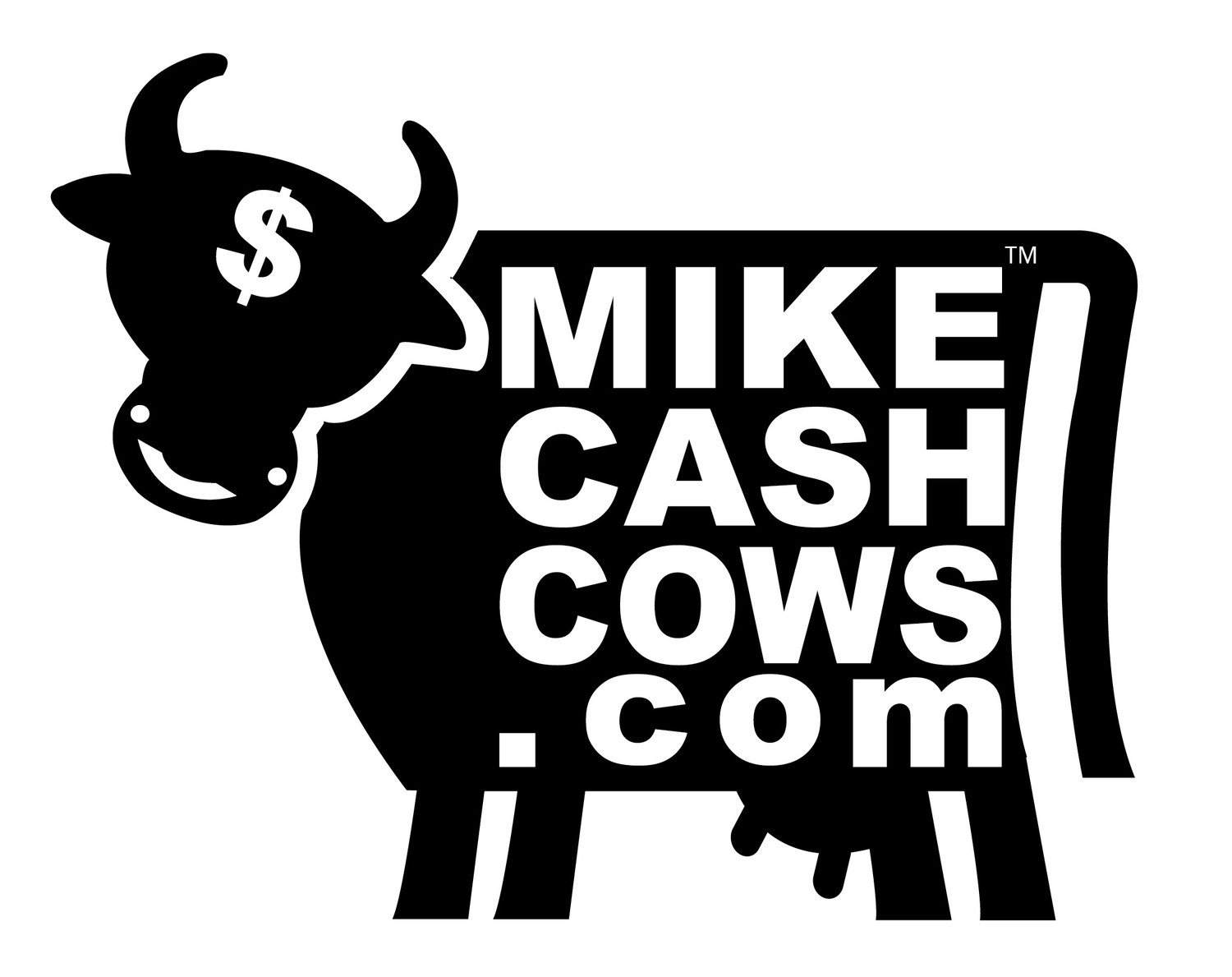Quick Quiz: Know Any Chinese Companies or Brands from China?
/Can’t think of one? If so, then you’re like most Americans.
And I find this fascinating.
Americans buy a ton of “Made in China” items – around $1600* per year for every man, woman, and child in the USA.
With this amount purchased by us all, you would think we could easily name a few Chinese companies or brands from China. Yet, most of us ‘consumers’ have difficulty when asked this question.
How can Chinese companies export so much into the USA anonymously?
Americans import only a quarter as much from Japan**, but every American consumer can name a bunch of Japanese companies or brands.
So, why does this manufacturing power-house with a population over four times the size of the USA export most products incognito?
Why don’t Chinese companies promote themselves or develop brands? Don’t they realize the value in creating a quality brand?
I’ve asked these questions of myself and others many times.
After listening to a wide spectrum of people on this matter, a few key reasons for this naïve approach to marketing surfaced, and they are:
- Chinese live in a “buyer-beware” society – where the burden is on the consumer if the product fails. Few guarantees or warranties in this culture.
- Chinese seem risk-adverse – with an uncertainty of the future – so it’s better not to be bold – believing a nail sticking out will be soon hammered down.
- Chinese brands are not established in China – they were all but erased during the capitalism purge of the Cultural Revolution after World War II. So “branding” a company or “localizing” a product or service to maximize sales is an alien concept for most.
When Chinese shop, they focus their attention on a product’s utility – versus its aesthetics or other benefits – so the dominant purchasing factor becomes price – and only price.
Plus, bargaining about a product’s price happens with almost every purchase – and Chinese seem happy to haggle!
The concept of a fixed-priced displayed on a “price-tag” has just begun with more urban department stores in China. And, a new generation of Chinese consumers are purchasing from these stores and paying extra without haggling.
This “fixed-price” trend means that branding of Chinese products within China will become more important in the future. Currently, the only ‘trusted’ brands within China are foreign labeled – but that’s changing with companies such as Alibaba.
Within the USA, the marketing & growth strategy for a select few Chinese companies has been to buy American companies or brands. One example is Lenovo, which acquired IBM's personal computer business in 2005, and acquired Motorola Mobility from Google in 2014. Lenovo is now the world’s largest volume PC producer.
I predict more Chinese companies moving in this direction to “localize” their products for foreign markets. However, it’s rare today to find a Chinese company that understands the importance and value of branding or marketing.
Will Chinese companies invest in marketing or in creating brands?
This is the million dollar question!
If Chinese companies could master marketing – they would rule the world.
Really!
From controlling cost-efficient manufacturing all the way through to direct-sales to consumers, these companies could quickly scale and become global business contenders. If, and it’s a big IF, they were adept at marketing.
The impact to businesses worldwide would be HUGE.
The paradigm-shift in worldwide commerce would be similar to the impact Walmart has had on small stores in America.
Now, I know that this vision may seem far from reality – but…
I want to hear your thoughts and predictions!
- Mike helps Chinese companies with marketing and business development. Contact him at Mike@MikeCashCows.com if you’re interested in branding to create higher margins or to expand your sales.
* The math: the USA in 2015 imported ~$500 Billion from China with a population of ~322 Million people, equaling a noteworthy amount of $1,553 of Chinese imports per person. This value increases in 2016 & 2017.
** Using 2015 US Census data, imports from Japan divided by imports from China yields 0.27 or 27 percent.


